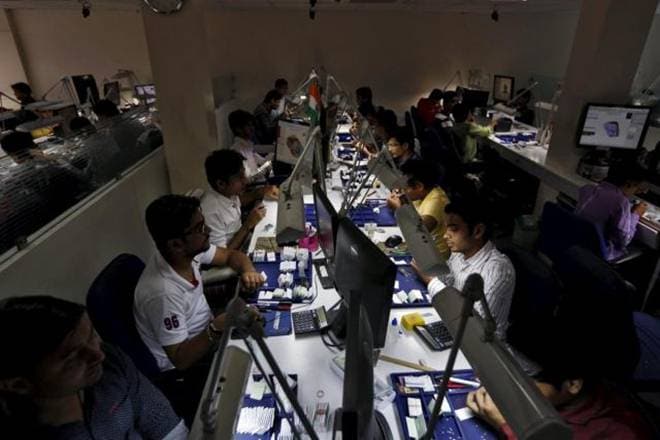Economic Survey 2023 | ‘India has made significant progress in gender equality’
Summary
This score is a remarkable improvement compared to the South Asian region’s average value of 0.508 and is close to the world average of 0.465.
India has made significant progress in promoting gender equality, and has a value of 0.490 on the Gender Inequality Index (GII), the Economic Survey 2022-2023 stated, highlighting the performance of the government’s policies. This score is a remarkable improvement compared to the South Asian region’s average value of 0.508 and is close to the world average of 0.465, and has got India a rank of 122 among over 190 countries.
The improved GII score comes after the government’s commitment to promoting gender equality through inclusive growth, social protection, and gender-responsive development policies. The country’s investments in these initiatives have led to a reduction in multidimensional poverty and an improvement in the status of women in society, said the survey tabled in the Parliament on Tuesday.
The government has launched several major initiatives in the past few years aimed at reducing the gender gap and empowering women in all aspects of social, economic, and political life. The following are some of the key initiatives that have been launched in recent years:
- Beti Bachao Beti Padhao (BBBP) – The BBBP campaign was launched in 2015 with the aim of ensuring the protection, survival, and education of the girl child.
- Mahila Shakti Kendra (MSK) – The MSK program was launched in 2017 to empower rural women with opportunities for skill development and employment.
- Working Women Hostel (WWH) – The WWH initiative was launched in 2015 to provide safe and secure accommodation for working women in urban areas.
- Scheme for Adolescent Girls – This scheme was launched in 2014 with the aim of empowering girls in the age group 11-18 and improving their social status through nutrition, life skills, home skills, and vocational training.
- Sukanya Samriddhi Yojana – Launched in 2015, this is an investment scheme that gives interest on investment that can be used for higher education or marriage expenses of the girl child
However, women’s participation in the labor force still remains low, and there is a significant pay gap between men and women. India’s score of 0.490 in 2022 also registers a slight slippage from 0.493 in 2021.
Also read: Economic Survey 2022-23 shows India has sufficient forex reserves to finance the CAD
The past few years have been challenging for the world, with the aftermath of the Covid-19 pandemic and the Russia-Ukraine conflict having a significant impact on human development globally.
According to the United Nations Development Programme (UNDP), 90 percent of countries recorded a reduction in their Human Development Index (HDI) in 2020 or 2021, marking the first time in 32 years that human development has stalled worldwide.
In India, the situation is not much different, with the country ranking 132 out of 191 countries and territories in the 2021/2022 HDI report. India’s HDI value of 0.633 in 2021 places it in the medium human development category, which is lower than its value of 0.645 in 2019.
The country has seen the HDI fall significantly in the last two years. The ranking fell to 130th in 2020. This is a drop from its 2019 ranking of 129th, with a score of 0.645, among 189 countries.
India’s position and trends in the global HDI 2021:

Despite this setback, India’s HDI value continues to exceed South Asia’s average human development and has been steadily increasing towards the world average since 1990.
One of the main reasons for India’s progress in human development is the priority given to investment in social infrastructure. The government has made significant efforts to ensure universal health and education, and this has played a crucial role in the country’s progress towards a better future.
Also read: India’s Economic Survey shifts the narrative to ‘quality of life’

Elon Musk forms several ‘X Holdings’ companies to fund potential Twitter buyout
3 Mins Read
Thursday’s filing dispelled some doubts, though Musk still has work to do. He and his advisers will spend the coming days vetting potential investors for the equity portion of his offer, according to people familiar with the matter









 Listen to the Article
Listen to the Article  Daily Newsletter
Daily Newsletter


















